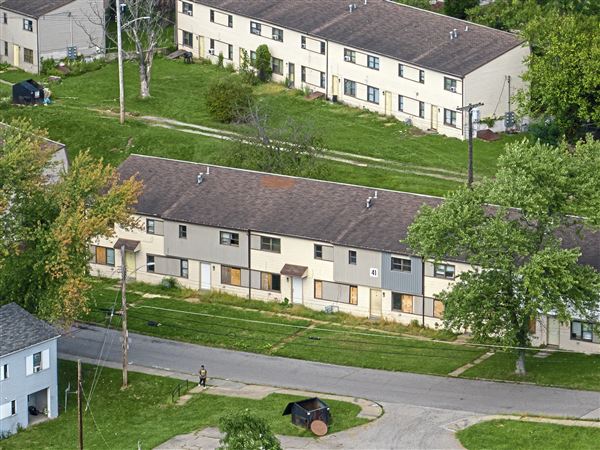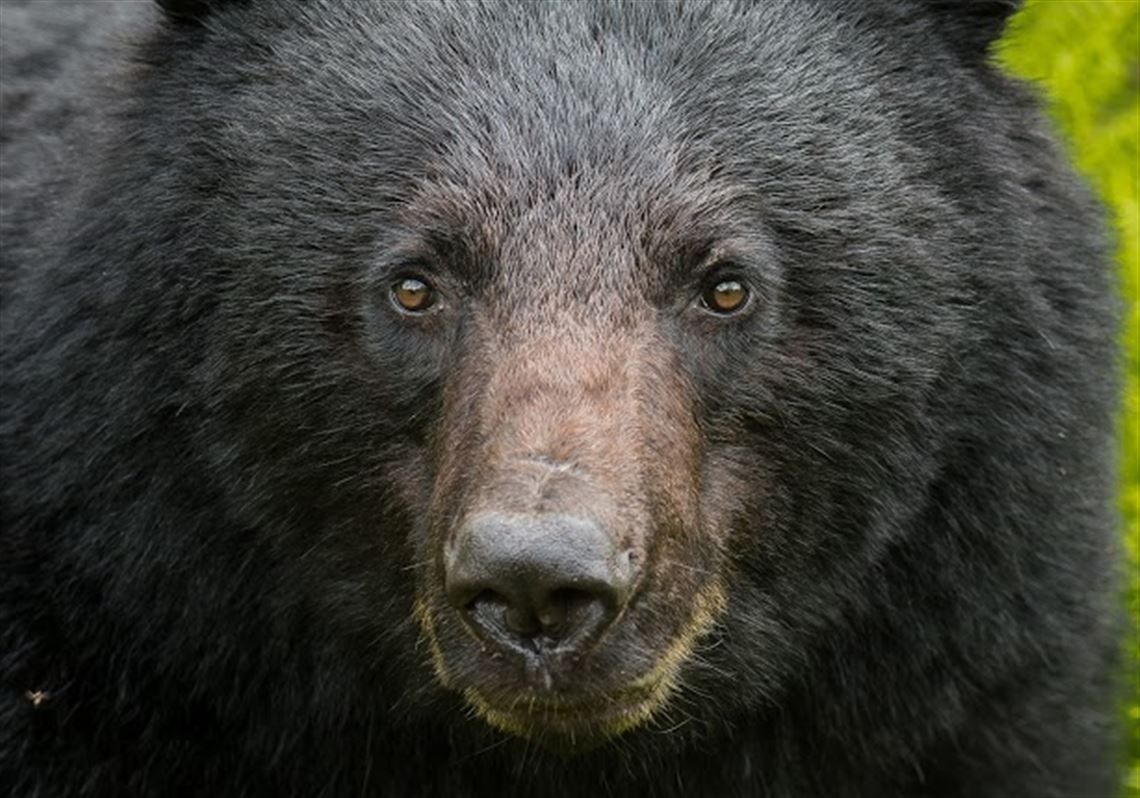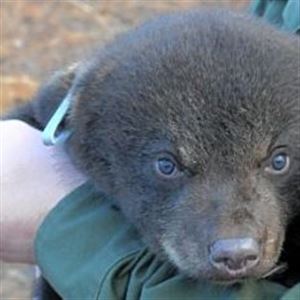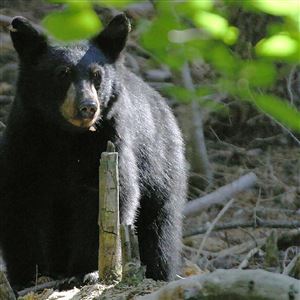Children were playing in their driveway in suburban Luzerne County on a sunny day in May. At ages 14 months and 5 years, they were momentarily unsupervised when the parent heard an unsettling cry.
Outside, a black bear stood over the kids, swatting and biting at their arms and legs. The attack lasted seconds before the animal was chased from the yard. Rushed to a Wilkes-Barre hospital, the children were treated for bites and scratches and released.
“That was tragic, but it’s an odd one,” said Emily Carrollo, the Pennsylvania Game Commission bear biologist. “Black bears usually don’t do that.”
Days after the attack, a male and female bear were captured in live traps near the encounter. DNA previously collected from the children’s clothing led the agency to develop a profile of the attacking animal.
Samples from the bears tested at a wildlife genetics lab at East Stroudsburg University confirmed it was the sow that attacked the children. As per game commision protocol, the bear was euthanized to prevent the possibility of future attacks and tested for rabies, which can be done only on dead animals. The test was negative. The male was relocated to a distant, less populated area.
The commission was researching what may have instigated the attack. It’s unlikely the children surprised or otherwise provoked the bear, Ms. Carrollo said. They had no food to attract the animal and it wasn’t sick or injured.
It was believed someone in the neighborhood had been feeding wildlife. Bears can grow habituated to free food and expect every human to toss them a treat. A state law bans the intentional feeding of black bears and elk.
The attack was a rare event. Thousands of bear-human encounters occur every year in Pennsylvania, but few involve physical contact.
So far in 2023, the game commission dispatch center has received 1,901 calls about “nuisance bears” that were tipping trash cans, eating from bird feeders or roaming through neighborhoods, said Bob Frye, associate editor of the agency’s Game News magazine.
“We have also had 615 calls for bear damage,” he said. “Those are for cases resulting in physical damage of some kind, such as to beehives, livestock, buildings, septic systems, etc.”
This year, in addition to the Luzerne County attack, a man’s hand was injured when he surprised a bear in his Montour County garage.
Ms. Carrollo said the low bear-human conflict rate is evidence of the animal’s shyness and adaptability.
“With [nearly 13 million] people and all those bears in Pennsylvania, there have been [three] bear attacks in the state since 2018. Since colonial times, there has never been a fatal bear attack in Pennsylvania,” she said.
Black bears prefer wild berries, agricultural vegetables, small mammals and birds when they can get them. But their favorite entree is the contents of unsealed garbage cans.
In the nation’s fifth most populous state, the game commission intentionally increased the black bear population, from about 4,000 in 1981 to an estimated 15,000 in 2001. Now, an estimated 15,000 to 16,000 live in the state.
The primary tool of this wildlife engineering experiment was regulated hunting, which created local conditions conducive to successful black bear reproduction. The agency continues to control the bear population with myriad hunting seasons that place restrictions on dates, location and sporting arm eligibility.
In regions surrounding Pittsburgh and Philadelphia, an archery bear season has been underway since mid-September, ending Nov. 24 and including Sunday, Nov. 19.
The statewide firearm season runs Nov. 18 through Nov. 21, including the same Sunday, with regional extensions through Dec. 9, including Sunday, Nov. 26. A properly licensed hunter can harvest one bear per year.
When bear numbers were approaching 20,000, hunting seasons were added or extended in management units surrounding Pittsburgh and Philadelphia. Ms. Carrollo said it was a calculated adjustment to reduce potential negative bear-human contacts near the state’s major population centers.
During the 2022 seasons, hunters statewide killed 3,170 bears, including three topping 700 pounds. It isn’t easy — in 2022 just 2.8% of hunters with a bear license were successful.
With the consent of the Board of Game Commissioners, Ms. Carrollo sets the regional hunting seasons based on hunter harvest reports, local bear density estimates, forage growth and human population trends, as well as road kills and community bear sightings.
“There’s a lot involved,” she said. “It’s like shooting at a moving target.”
This year she conducted a statewide trap-and-tag study to more precisely determine bear density. The research included Westmoreland, Butler, Armstrong, Indiana, Fayette and Somerset counties.
Ms. Carrollo and a crew of staff and interns carried tubular steel bear traps into dense forests. The traps were chained to trees and baited. One paw on a trigger pad and a metal gate falls, trapping the bear inside. Six hundred bears were processed.
Captured bears were anesthetized in the trap. Blood samples were taken, a lock of fur was clipped and a back tooth was pulled to be tested for details such as the animal’s age, general health, diet, habitat, and, in females the number of pregnancies. To identify the bear should it be killed or captured again, Ms. Carrollo clipped on ear tags and tattooed numbers inside lower lips.
“It’s a lot of work,” she said, “but it’s part of how we’re able to manage so many bears around this many people.”
Next year, she said, the game commission will conduct a more extensive study of black bear survival.
John Hayes: jhayes@post-gazette.com.
First Published: November 5, 2023, 10:30 a.m.
Updated: November 6, 2023, 2:48 p.m.



















